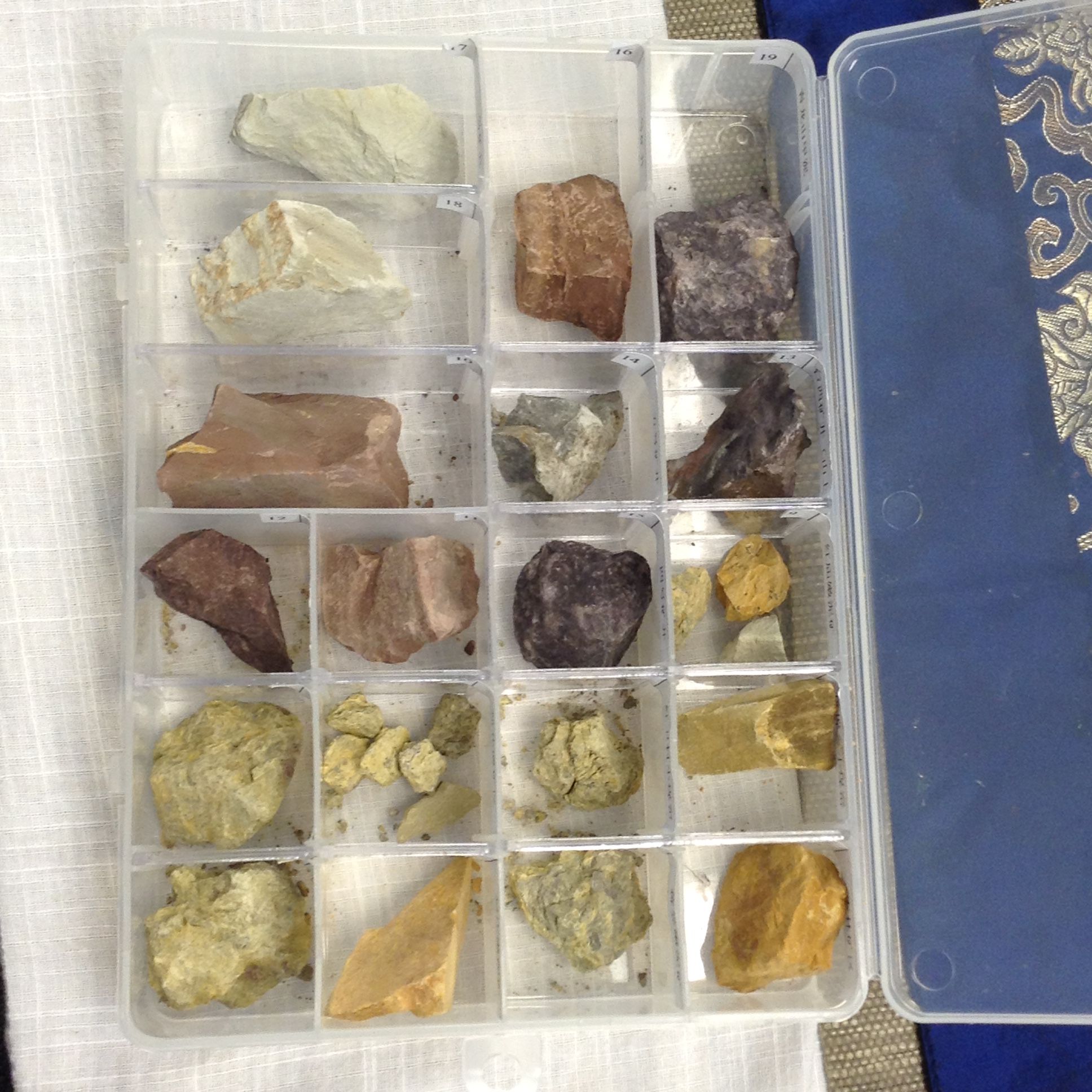The 19 Areas of Yixing & The 3 Types of Yixing Clay
NOTE: this post is out of date. Those Interested in Yixing Teapots are suggested to read An Introduction to the Art & Science of Chinese Tea Ceremony: Yixing Teapots – Knowledge, Connoisseurship, and Technique
It has been known as late as the Ming Dynasty that tea was most suitably brewed in a Yixing teapot. The special Yixing clay helps to refine and round out flavor profile of fine Chinese tea, and can help you achieve the ultimate goal of GongFu – brewing good tea.

Yet finding, sourcing, and understanding Yixing can quickly become an expensive and Sisyphean undertaking. The vast majority of “Yixing” wares available on the market are frauds, made out of industrial clay using slurry molds. Learning to identify real Yixing requires experience with known samples of known provenance and known age – that’s particularly difficult given that Qing and ROC Yixing artists were faking Ming Dynasty pots with real high quality clay for generations. Determining the age or provenance of a teapot is difficult or impossible even for experts.
Should you find a Yixing you trust as real, the task continues to grow exponentially in complexity; not all Yixing pots are created equal, and there is in fact a wide range of sub-types of Yixing clay commonly used to make Yixing teapots – some of which should only be used for specific teas or under specific conditions.
At the Tea Institute (of which I am only an advisor) we have set out to analyze the chemical composition of the clay, the clay’s effect on the sensory attributes on various classes of teas, and the chemistry that causes these sensory changes. Eventually, this research will yield a better scientific understanding of the magic and allure of Yixing clay.

Yixing clay is a diverse set of processed dirt from 19 different regions within Yixing China. The composition and color of the clay varies by region, and multiple regions are blended to yield the sought after ZiSha, HongNi, and DuanNi clay.
ZiSha is purple clay, and what most 茶人 think of as “Yixing”. HongNi is red clay, and is often lower quality than ZiSha – but ZhuNi is the highest quality of HongNi (the highest fired and even more porous due to the refining process) and is the rarest type of Yixing. DuanNi is mixed composition clay, and is usually (mostly) yellow.
The standard composition of Yixing is:
| Binding Agents
Iron Silica Dioxide (stabilizer for firing) Glauconite Leucite Tourmaline Leucoxene Kaolinite (helps teapot to be more flexible and reduless breakage) Aluminum oxide (helps it to withstand heat) Ferric oxide (changes the color and makes the teapot matte) Sericite Hydromica |
Mineral
Quartz: ~50% Mica: ~3 – 5% Feldspar: ~1 – 2% Limonite: ~1% Acidic Ash:~1% |
Where iron adds the red color and glauconite adds the subtle green color.
It’s important to note that Yixing clay starts as a different color before firing! The 800 – 1280 degree Celsius range in firing is responsible for inducing changes in the structure and properties in the clay, and its final color.
Yixing mined from the 19 traditional areas can be divided into 3 supper classes:
| Purple Clay
Purple Clay makes ZiSha Yixing The original famous Yixing from the first mine at HuangLong Mountain Many different shades from various regions Often contains specks or pockets of green clay & Glauconite (a green hued mineral which does not change color during firing) Fired at the lowest temperature |
Green Clay
Green Clay turns Yellow when Fired Green Clay is commonly mixed into ZiSha and DuanNi Yixing Fired at the highest temperature ~12000 C |
Yellow Clay
Yellow Clay turns red when fired – creating HongNi and ZhuNi Originates from many areas with many shades Medium firing temperature |
Each of the 19 areas may have one or more of these types of clay, and almost every teapot made since 1950 is a mixture of multiple areas. Teaparker has donated a sample of the clay from each of these areas to the Institute – an incredibly rare set of samples.

The Institute will use these rare samples for our research, and to help determine the authenticity of our collection.
The earth at each of the 19 traditional Yixing mining areas is stratified in a consistent pattern:
| 1) Surface Layer |
| 2) Broken Stone Layer |
| 3) Fresh & Baby Skin Clay |
| 4) Yellow Stone |
| 5) Middle Later Clay |
| 6) Bottom Best |

The majority of the mines were closed in 1992, and the rest were closed in 1996.
Migrated Comments
Marc P
I’d love a follow up on your research!
When you say the mines were all closed in 1996, does that mean that the only real modern made yixing pots come from all this old stock? And if so, how much is estimated to exist?
Jason's Reply
Hey Mark,
Yep! That is correct.
I’m not sure how much clay is still existent, but I think there’s a good amount if you’re willing to pay top dollar. A lot of the clay is aged for 40 – 70 years, so we’re still within that standard aging time.
Other areas of Yixing, non-traditional mines, are now being used for modern Yixing clay… I can’t imagine they will be as good, or mining there would have started ~100+ years ago.
Cheers!
– Jason